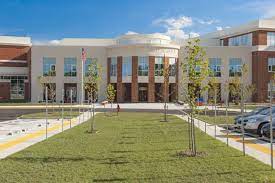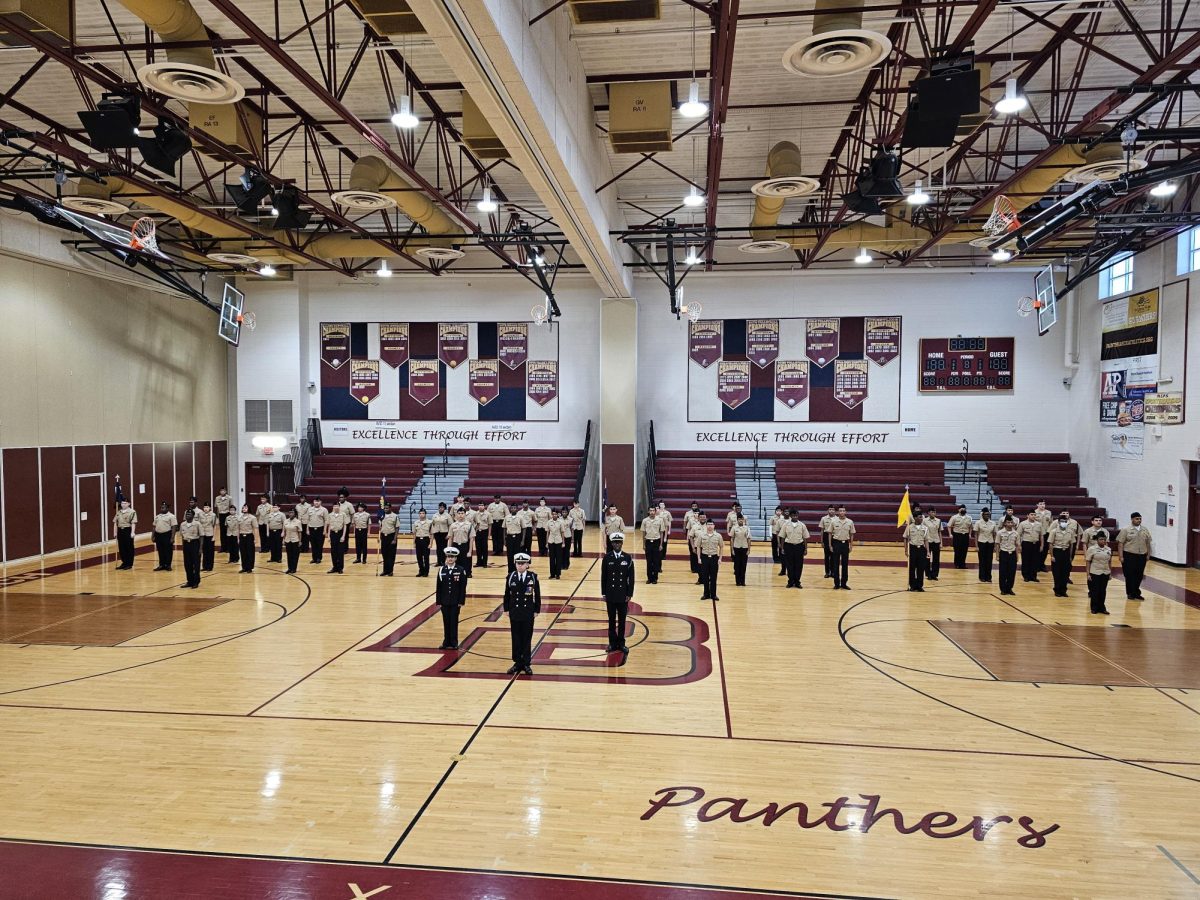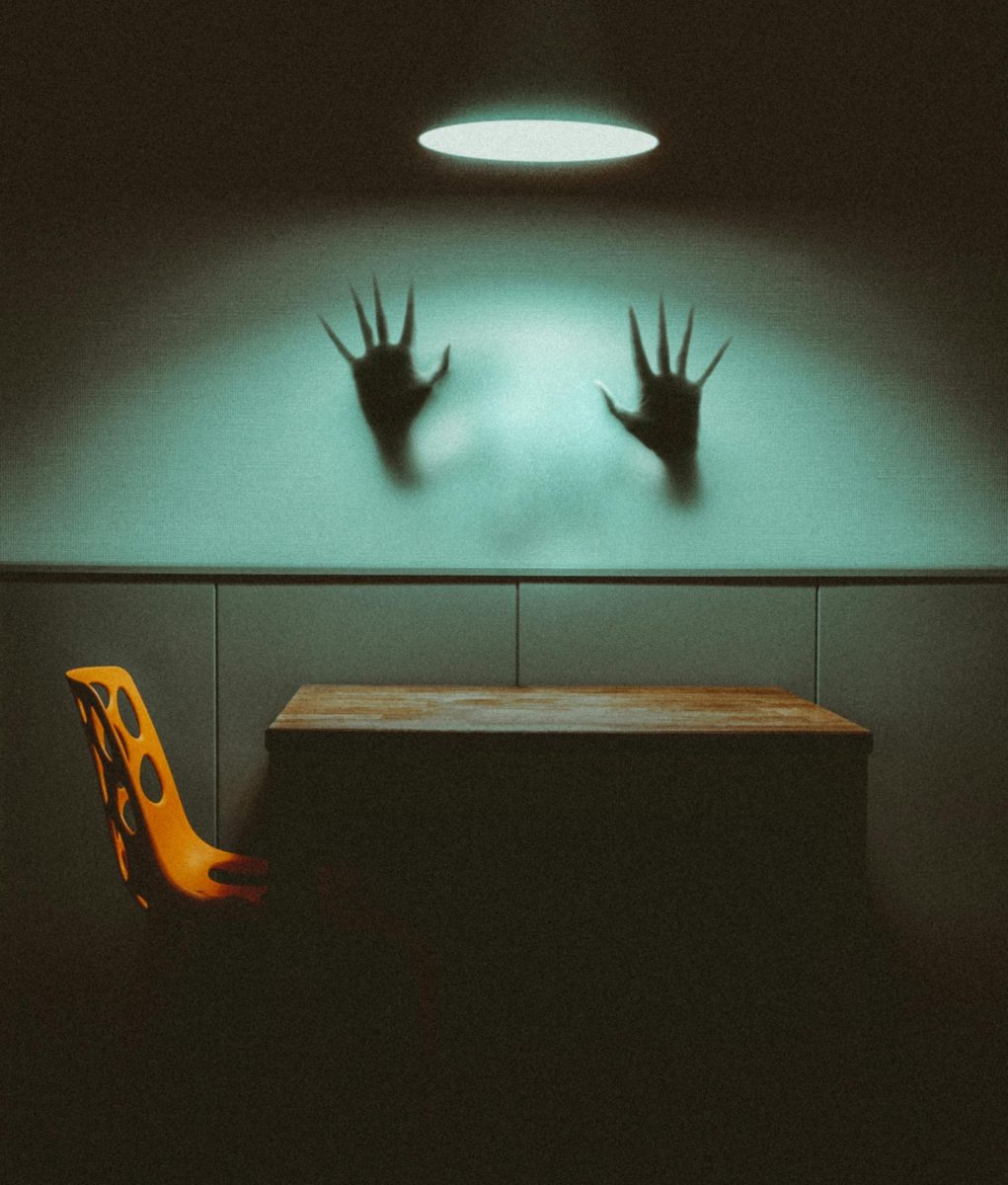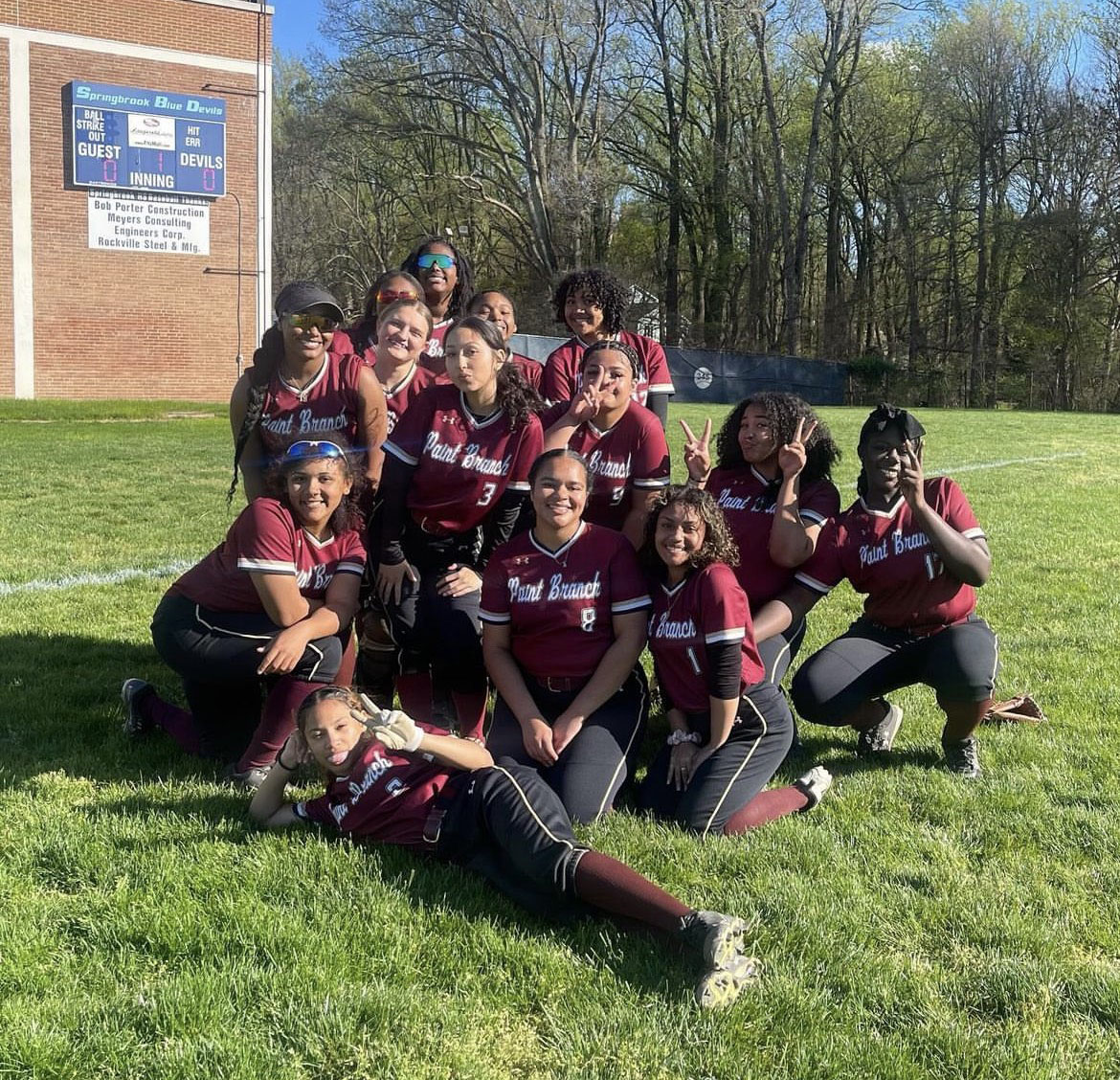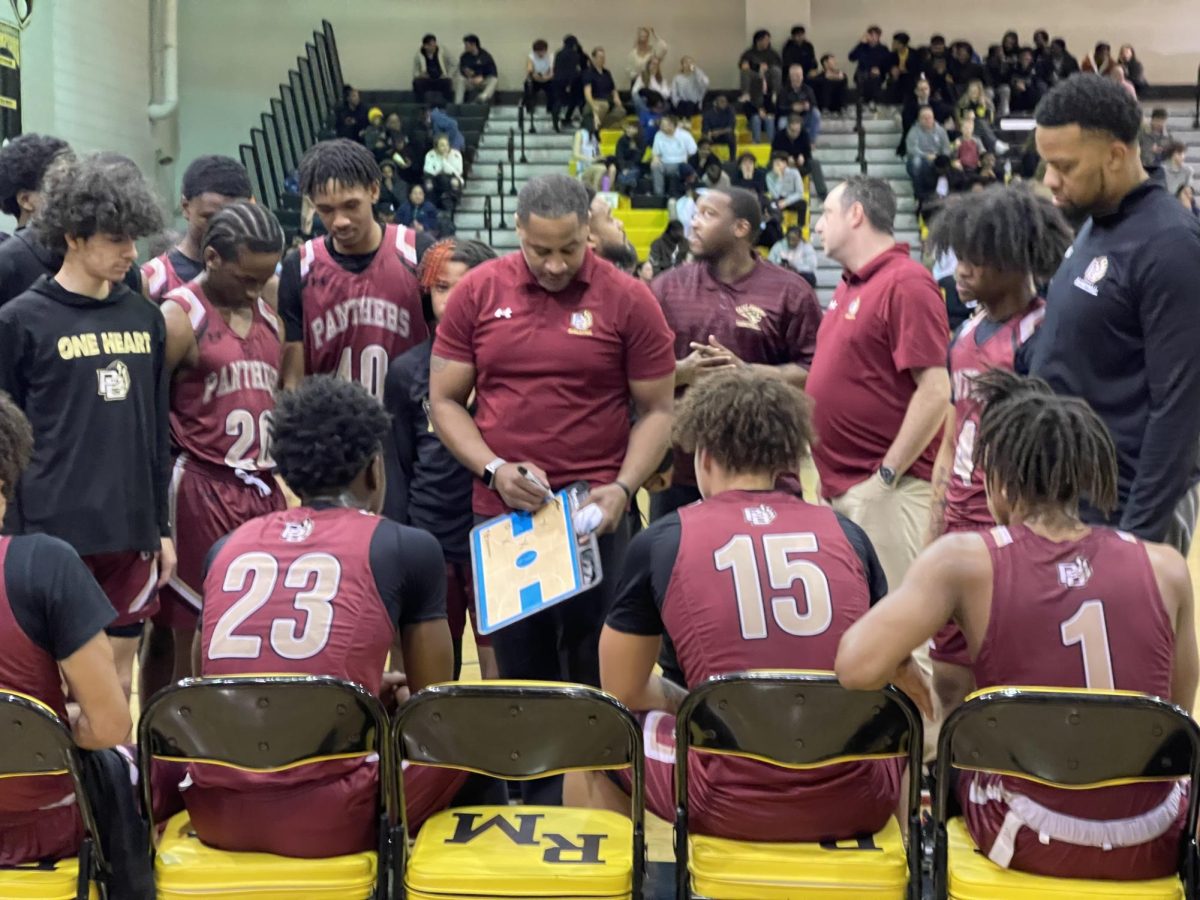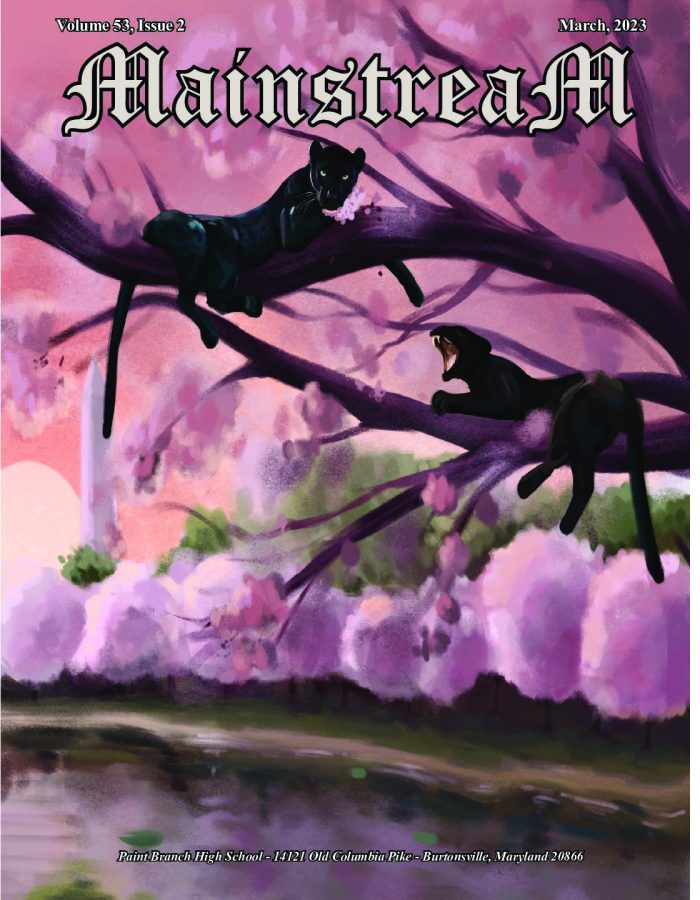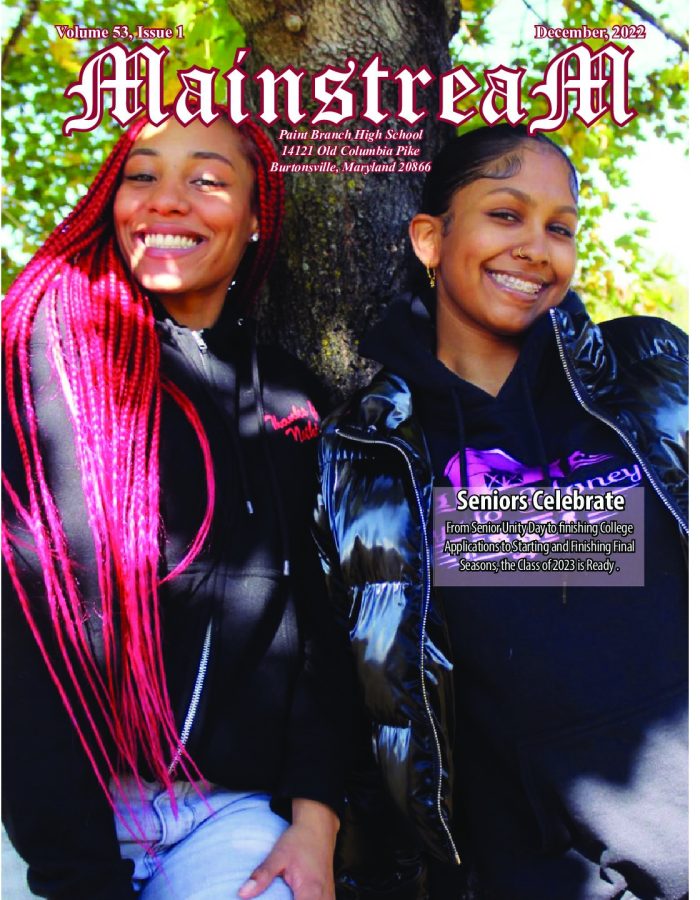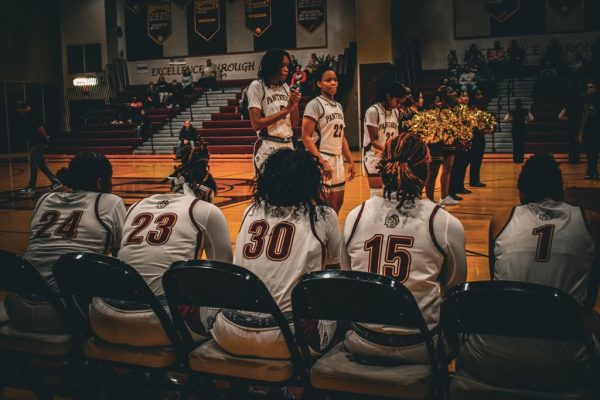Black Art: Its History and Value
February 21, 2019
From visual arts to theatrical performance to literature, African Americans have used the arts as a way to hold on to the culture that was stripped from them during slavery.
Brought to America in the bellies and on the decks of ships, Africans of different languages and cultures were integrated. They were forced onto plantations and into homes. In these places, these people were forbidden from expressing their culture or religion, suffering harsh punishment if they did so. Art was one of the ways for these survivors to refrain from completely abandoning their cultures.
Art survived, which meant that some of their tradition, some culture, and some religion also survived. Self-taught painter Robert S. Ducanson, along with classically trained artists Edward Mitchell Banister and Henry Ossawa Tanner, were some of the earliest African American artists who were celebrated in the nineteenth century. These men paved the way for future black artists to have the ability to study the arts and pursue them as a career.
One of the earliest and most widely known art movements in American history, the Harlem Renaissance, occurred in the borough of Manhattan at the brink of the 1920s. This movement was not only an artistic period, but a cultural movement as well. It encompassed a wide range of areas including art. This was a time where we saw creativity flourish in music, theater, visual arts, and literature in the black community. A prominent figure of this period was illustrator and muralist Aaron Douglas, who is often called the father of Black American art. Douglas is well-known for the numerous works he curated for civil rights programs including the NAACP as well as for his murals and illustrations that appealed to the black community.
Later in the 20th century, in the midst of the Civil Rights and Black Power movement, the Black Arts Movement came to life. In this movement, a group of black artists, musicians, and poets were driven by their political views. Many consider poet Imamu Amiri Baraka the founder of the Black Arts Movement for his opening of a black arts theater in Harlem which allowed black dramatists and poets to thrive.
Black writers flourished during this movement. They produced a distinct voice derived from the songs, sermons, and slang from African Americans. This movement not only influenced young writers of today’s generation, but other young minorities to have the freedom to express their voice without the fear of being condemned.

